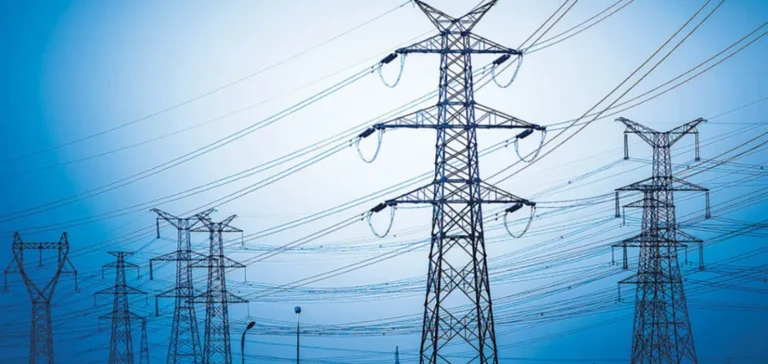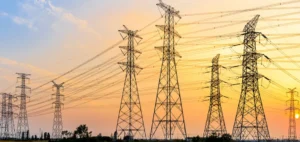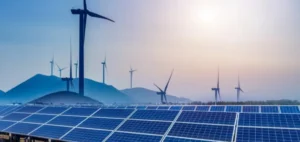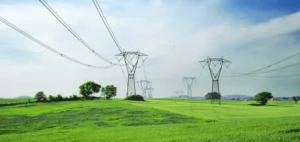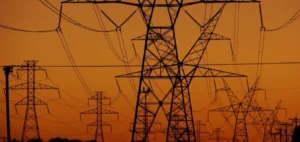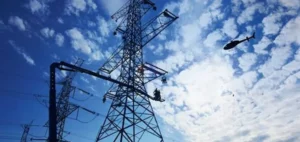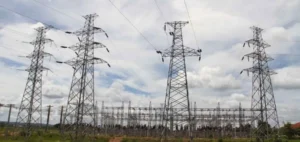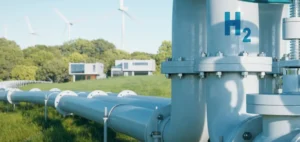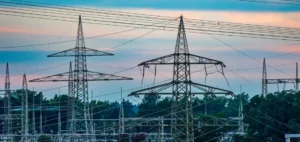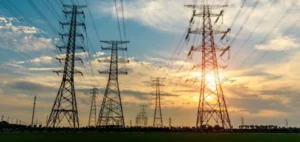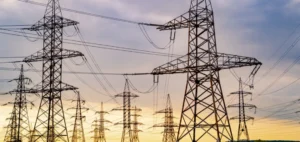Nepal has officially commenced electricity deliveries to Bangladesh, marking a strategic milestone in its ambition to become a regional energy exporter. The electricity supply is routed via the Indian grid, materializing a tripartite agreement signed last October between Nepal, Bangladesh, and India. According to Rajan Dhakal, spokesperson for the Nepal Electricity Authority (NEA), the Himalayan nation will initially supply 40 megawatts (MW), exclusively targeting the Bangladeshi market. The delivery period will span the entire rainy season, from mid-June to mid-November.
A New Energy Dimension
This initiative represents Nepal’s first significant entry into the international electricity market, following limited exports to India in 2021. According to Dipak Khadka, Nepal’s Minister of Energy, these initial deliveries reflect Nepal’s commitment to enhancing regional energy stability. Nepal, which has long faced significant challenges regarding electricity access, has significantly upgraded its infrastructure through the construction of hydroelectric plants. Today, national production exceeds 3,500 MW, ensuring nearly full electricity coverage for its approximately 30 million inhabitants.
Considerable Energy Potential
Nepal holds a theoretical hydropower potential of 72,000 MW, according to recent studies. This figure highlights the country’s untapped capabilities, although development often encounters environmental cost-related issues, frequently raised by non-governmental organizations. Currently, the production capacity exceeds domestic consumption during the monsoon period, paving the way for export opportunities.
Bangladesh Faces Growing Energy Demands
For Bangladesh, this agreement addresses increasing energy challenges stemming from insufficient domestic production, largely dependent on fossil fuels. With a population approaching 170 million, Bangladesh’s energy demand significantly surpasses its current production capabilities. Importing electricity from Nepal contributes to bridging part of this energy deficit, simultaneously diversifying supply sources.
The tripartite partnership, which also involves the Indian company NVVN, establishes a model of cross-border cooperation in South Asia. This framework allows all three countries to leverage Nepal’s seasonal electricity surplus while addressing Bangladesh’s immediate energy needs. The current agreement provides continuous deliveries during the rainy season, a period when Nepal’s hydroelectric capacity reaches its peak.


